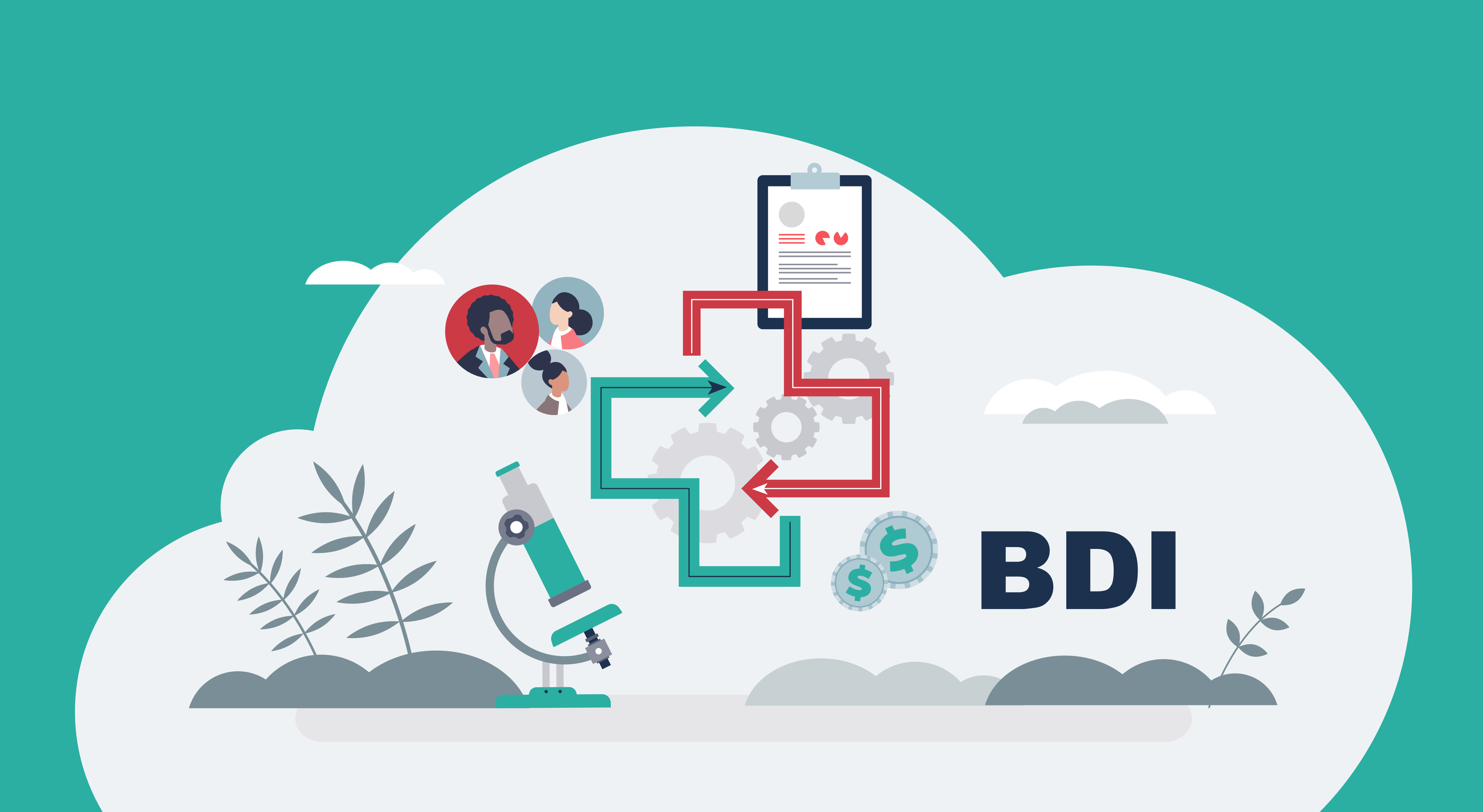20.5 million annual deaths, 500 million people effected worldwide, and quality of life severely impaired: cardiovascular diseases (CVDs) carry a heavy burden. For society, this has far-reaching implications. But what exactly is the Socioeconomic Burden of CVDs? And, crucially, which approaches can be taken to effectively tackle this burden?
This article outlines how WifOR measures Socioeconomic Burden of Disease and what burden cardiovascular disease inflicts on patients, society, and the economy – using a case study in Germany. Our research finds that health investments targeting the prevention of CVDs has the potential to effectively improve the health of populations, boost productivity, and promote resilient structures for society and the economy. Without such interventions, current prognoses only foresee the burden rising.
Central aims of Socioeconomic Burden of Disease studies:
- Measure the extent to which a selected disease affects patient health and society.
- Provide evidence-based research which can be used as a guide to target investments and create awareness for existing gaps in healthcare provision.
- Enable companies and other organizations to contribute towards shaping health systems in order to achieve political targets, such as the United Nations’ Sustainable Development Goals.
The Socioeconomic Burden of Cardiovascular Disease
CVDs account for almost a third of all deaths globally – many of which occur prematurely and are preventable. Patient suffering involves increased disability-adjusted life years (DALYs), reduced quality of life, and (often) considerable medical costs. However, the burden placed on patients is also accompanied by societal and economic consequences.
Absences or reduced ability at paid work leads to lower productivity, inflicting a burden in lost productive time. However, this burden does not only apply to paid activities. Productivity losses in unpaid work affect the ability to perform activities such as housekeeping, childcare, and volunteering – all of which serve as the basis of a functioning society.
How is the Socioeconomic Burden of Cardiovascular Disease measured?
CVDs are health-related incidences affecting heart or blood vessels which lead to outcomes such as strokes, heart attacks, and heart failure. Alongside genetic and environmental factors, lifestyle behavior is a risk factor impacting CVD events. Common behavioral determinants include diet, physical exercise, or alcohol and tobacco consumption.
WifOR applies a four-step methodology to measure the burden of CVDs according to their impact on health, society, and the economy.
Health burden
The burden of CVDs on health is measured by adopting key indicators: mortality, inpatient hospitalizations, and rehabilitation cases. From these indicators, the burden is quantified through the time spent in medical care (hospital or rehabilitation) as well as the years of life lost – disaggregated according to age and gender. The data is based on official statistics from national health reporting, such as the German Federal Statistical Office.
Societal burden
In order to measure the burden on society, WifOR establishes a link between the health outcomes (time in medical care, premature deaths) and societal consequences. The burden of CVDs on health results in productivity losses affecting paid and unpaid work. These losses account for the hours of work foregone due to absence and unfulfilled productivity potential. Both paid and unpaid work are essential components of a society’s prosperity.
Economic burden
Quantifying the economic burden is the final step. WifOR attaches a monetary value to the productivity losses based on the foregone productive potential, or the value of lost time. For paid work, the average gross wage is applied to hours lost. For unpaid work, the lost productive potential is translated into the gross wages paid in the most closely comparable sector.

Case study: the Burden of Cardiovascular Disease in Germany
WifOR carried out a study measuring the Burden of Cardiovascular Diseases during 2019 in Germany. Ten selected atherosclerotic cardiovascular diseases (ASCVD) were assessed in order to derive the health, societal, and economic burden. The results, conclusions, and outlook can be found below.
Key takeaways:
- The health burden of ASCVDs in Germany (2019) amounted to 1.1 million inpatient hospitalizations and 175,000 rehabilitations, with a total of 12.7 million days spent in care. Additionally, almost 160,000 deaths resulted in 1.6 million years of lost life.
- The societal and economic burden represented 55 million hours (€1.1 billion) and 1.9 billion hours (€23.4 billion) of paid and unpaid work lost, respectively. Over 90% of the socioeconomic burden arises in unpaid activities.
- Health intervention targeting prevention have the potential to effectively reduce the burden of CVDs in Germany.
How can the Burden of CVDs be reduced?
Tackling the burden of CVDs requires a paradigm shift in the perception of health: away from a cost factor and towards seeing health as an investment in societal resilience and prosperity. Recognizing the significance of preventing CVDs – for both patient health and socioeconomic well-being – is a decisive step for stakeholders throughout society.
The World Heart Federation advocates key recommendations to accelerate efforts to tackle CVDs. These recommendations include increasing health equity through improved access to healthcare, enhancing data collection concerning risk factors, and making evidence-based health investments which target effective prevention strategies. In addition, raising awareness through informational campaigns, such as public health initiatives, and facilitating healthy lifestyles are integral in preventing CVDs and contributing towards the global reduction of non-communicable diseases (SDG 3.4).
Outlook: How will the Socioeconomic Burden of CVDs develop in the future?
Without effective health interventions, the burden of CVDs will continue to rise in the future. Ageing populations, the potential medium- to long-term consequences of the Covid-19 pandemic, and an uptake in risk factors, such as sedentary lifestyles, are likely to shape the future burden.
More frequent incidences are anticipated to further increase the Socioeconomic Burden of CVDs in low-, middle-, and high-income countries, according to estimates from WifOR’s research. Mitigating the future burden of CVDs must become a priority – in political and business objectives alike. Holistic collaboration between healthcare professionals, policymakers, communities, and individuals is essential in establishing targeted strategies. But investing in these strategies is crucial in order to ensure their success and, ultimately, achieve healthy lives alongside the conditions for society and the economy to flourish.







